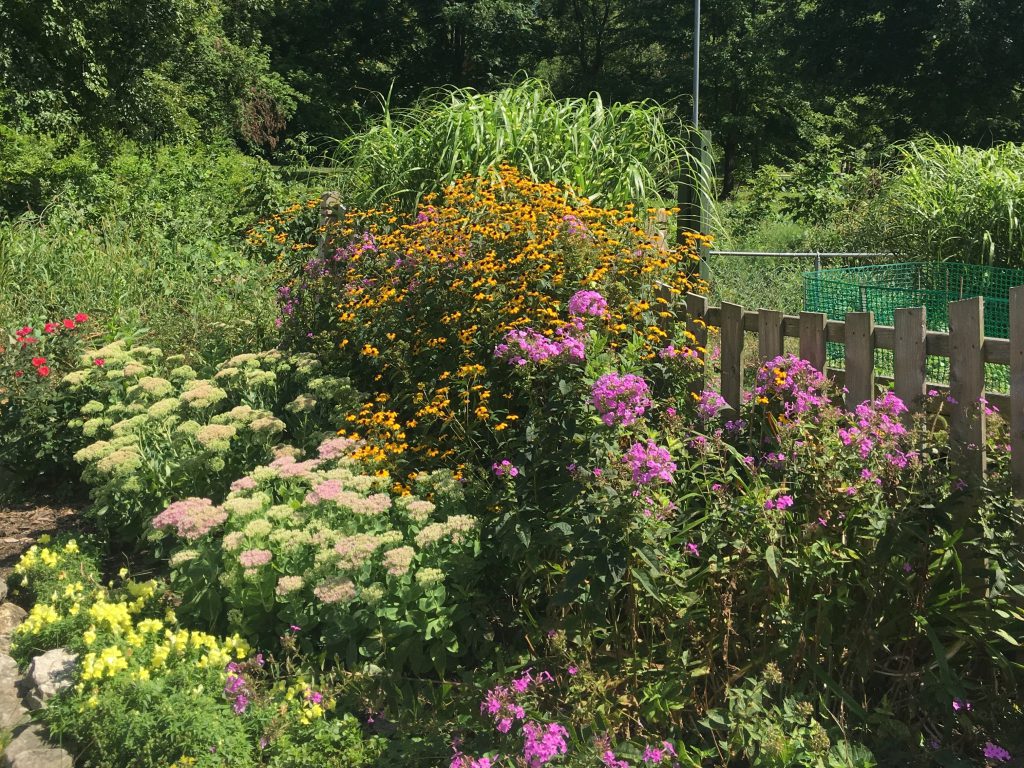Moving and Dividing Perennials

One of the most common questions we hear, especially this time of year, is when to divide or move perennials. The rule of thumb is that spring divisions work best for plants that bloom after June, and fall divisions work best for plants that bloom before the end of June. Then the plants divided in early spring will most likely bloom normally this year, and ones divided in fall should bloom the following spring. Of course, there are exceptions every rule.
Peonies should only be divided or moved in the fall
Oriental poppies in August
Bearded Iris best time is July through September
Lilies move best in mid to late fall
Also, you should consider the weather when moving plants. Divide perennials on a cool, cloudy day if possible, so that the plants don’t dry out during the process. It can also be helpful to divide plants after a rain when the ground is soft (or water well the day before you plan to divide). Some say rules were made to be broken, so if you want to break the rules and see what happens, go ahead. Just pay attention to watering. It will make or break any transplanting job even if it is done at the right time or not.
People sometimes ask how to know when a perennial needs dividing. Most need dividing every 3-5 years. You may wish to divide a perennial when:
the plant has smaller or fewer flowers than before
your garden seems crowded in general
one plant seems be taking over your garden
the middle of the plant seems to have died out, leaving a ring of healthy outer edges
you want more plants — either to keep for yourself or share with friends!
There are some perennials that are difficult to divide (usually because they have a tap root that goes deep down into the soil — like a carrot). These can include Aruncus, Baptisia, Candytuft, Clematis, Delphinium, Dicentra, Euphorbia, Lavender, Lupine, Milkweed, or Perovskia. Most perennials, though, are very forgiving and division is simple.
To divide a plant, dig deeply around the entire plant to lift up the whole root ball. Then gently pry the roots apart, or make clean cuts though them, making sure each division has several healthy, vigorous roots. Discard any part of the plant that looks diseased or damaged. If the plants you are dividing are big and bushy, cut the top foliage back by at least half. This will help minimize wilting. After things are moved do not forget to water like it was a new plant in your garden.
